South Asian Americans gathered all over Chicago on Nov. 3 for early presidential voting, many of them voting for their first time.
The South Asian-American voter block is part of the most rapidly proliferating populations in the United States. But despite the increasing prominence of the South-Asian population, language barriers and other obstacles are drastically impeding civic activism. However, new measures are being enacted to motivate South Asian-American voters and encourage them to participate in the democratic process, and civic engagement generally seems to be on the rise in the community.
This was the first election year that Hindi was used on the ballot in Illinois because of the large number of incoming South-Asian immigrants. Hindi is one of the official languages spoken in the Republic of India.
“The U.S. Census Bureau determined that we needed to implement Hindi as a language,” said James Allen, communications director of the Chicago Board of Election Commissioners. “The conclusion of the Census Bureau was that the Asian-Indian population had grown and that a representative language for them was what was needed to be added.”
Allen said that there are more than 150 languages representing South-Asian Americans and that Hindi was the most mutually intelligible one. Voter registration, absentee ballot applications and general information pertaining to the election are also offered in Urdu and Gujarati.

Many South Asian community centers worked doubly hard this year to energize the population’s voter turnout. Some of the major obstacles to overcome were a previous fear of unfamiliar languages and a basic lack of understanding of the American political system.
“People are afraid of the language,” said Same Varghese, community organizer for the Asian American Institute. “That’s why they’ve implemented Hindi for language assistance.”Varghese also said that misunderstandings of the American political system might deter older South Asian Americans from showing up to the polls who aren’t as impeded by English illiteracy.
“Many South Asians understand English, but there are many differences between the election systems here and our clients’ home countries,” Varghese said. “Here the process is more simple, and we don’t have pressures from other parties. In America, voting is an option.”
According to Varghese, the Asian American Institute and other community organizations are doing the best they can to promote civic engagement.
“We have three social organizations: Indo-American Center, Hamdard Center and Muslim Women Resource Center. We have a lot of clients in these centers, and we hold classes to teach the importance of voting and civic engagement,” Varghese said.
A March 2012 fact sheet issued by the South Asian American Policy and Research Institute indicated that South Asian populations, including people of Indian, Bangladeshi, Pakistani and Sri Lankan descent, have increased nationwide by 55 percent since 2000.
Ami Gandhi, executive director of the South Asian American Policy and Research Institute, said that South Asians are among the largest groups of immigrants coming into America and the Chicago area specifically, especially from India and Pakistan.
Language barriers in the South-Asian American communities and throughout the country are hindering many people’s abilities in Illinois and across the country. While the first immigrants in these communities were more likely to be fluent in English, new immigrants from overseas are actually less fluent in English, according to Gandhi.
“Proficiency in English varies a lot. It’s a very heterogeneous group,” said Gandhi. “We have noticed that limited English proficiency is a growing concern among South Asian Americans in Illinois. The pioneer groups had a higher English proficiency than groups that came later on. The newer groups have more limited English proficiency and more socio-economic barriers. So there has been a shift over time.”
There are 122,000 South-Asian Americans living in Cook County, 42,500 living in Chicago and 79,500 living in the suburbs. South-Asian Americans represent about 34 percent of the state’s Asian-American population and 2 percent of the state’s overall population.
But despite these new efforts and the coordinated endeavors of the community centers around the city, organizers at an early voting event at the Warren Park Field House, 6601 N. Western Ave., on Saturday said they worried that older generations of South-Asian Americans would still be hesitant to vote.
“For generation one, because of the barrier, many didn’t have the courage to come and vote,” said Shakena Khan, South Asian case manager at the Hamdard Center.
Khan said language barriers are also cumbersome for South Asian Americans when they apply for citizenship, another key factor hindering South Asian Americans’ ability to vote. She said general questions presented orally in English prevent South Asian Americans from passing citizenship exams even if they rigorously study the 100 questions given on the test.
“I have to read their bills and translate for public aid case workers for Arabic, Urdu and Hindi, among others,” said Khan. “Recently three of my clients failed citizenship tests due to a lack of English comprehension.”
One elderly voter from Pakistan that showed up for early voting at the Warren Park Field House on Saturday said that he would have liked it if Urdu would have been implemented on the ballot.
Khan also said that seniors especially suffer from language barriers and transportation issues, which frequently lead them to become unmotivated.
Rachael Bruketta, development coordinator of the Indo-American Center, said many programs in the South -Asian American communities do not accept certain clients because they have low literacy rates in their own language.
“We have different programs,” said Bruketta. “Beginner for people who aren’t fully literate in their own language, level two for incorporating work force skills, and in level three we work toward making people fluent in English.”
Bruketta said the Indo-American center works with 4,000 South Asians annually from ages 5 to 18 and as many as 80 seniors per day, the most illiterate demographic of incoming South Asian immigrants.
“Some of the issues that seniors experience are due to set routine. You can’t teach old dogs new tricks, so our senior programs work mostly on alleviating social isolation and giving them a sense of community. They go through a kind of shock in their adjustment, which can be quite a struggle,” Khan said.
Many community activists for South Asians said it is important to debunk the “model minority” stereotype that paints an inaccurate picture of South Asian life. Bruketta said South-Asian Americans are frequently depicted as well educated and well off, but educational deficiency and working legally with academic credentials are all significant problems.
But according to Fowzia Virji, a South Asian resident in the Devon Avenue area and volunteer at the Renaissance Court Senior Center, voting itself isn’t as troublesome for South Asians and seniors that are literate in English as technological unfamiliarity.
“The people generally have to get guided in terms of what they do,” said Virji. “When we went to the Warren Park Center, the voting was on the computer, not on ballot papers. Seniors especially don’t know how to interact with the computers, and only the younger people are remotely computer savvy. There were people to guide us, but if there were ballot papers, there would not have been the same problem.”
Despite this, Virji, who voted for her first time, said the voting process is simple enough for a South Asian who speaks English, and she and her friends are excited to vote for the candidate of this choice.
“Everyone I know was interested in voting. Many people have positive views about which candidate they want to vote for, so many are naturally enthusiastic,” said Virji.



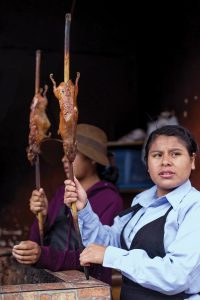
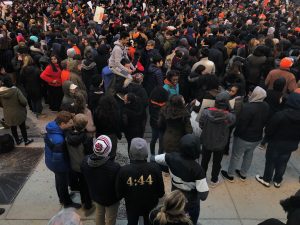



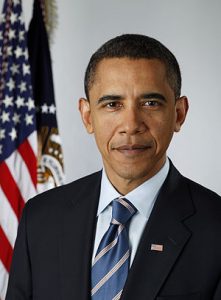

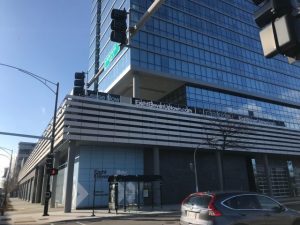


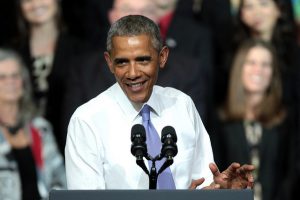

Be First to Comment